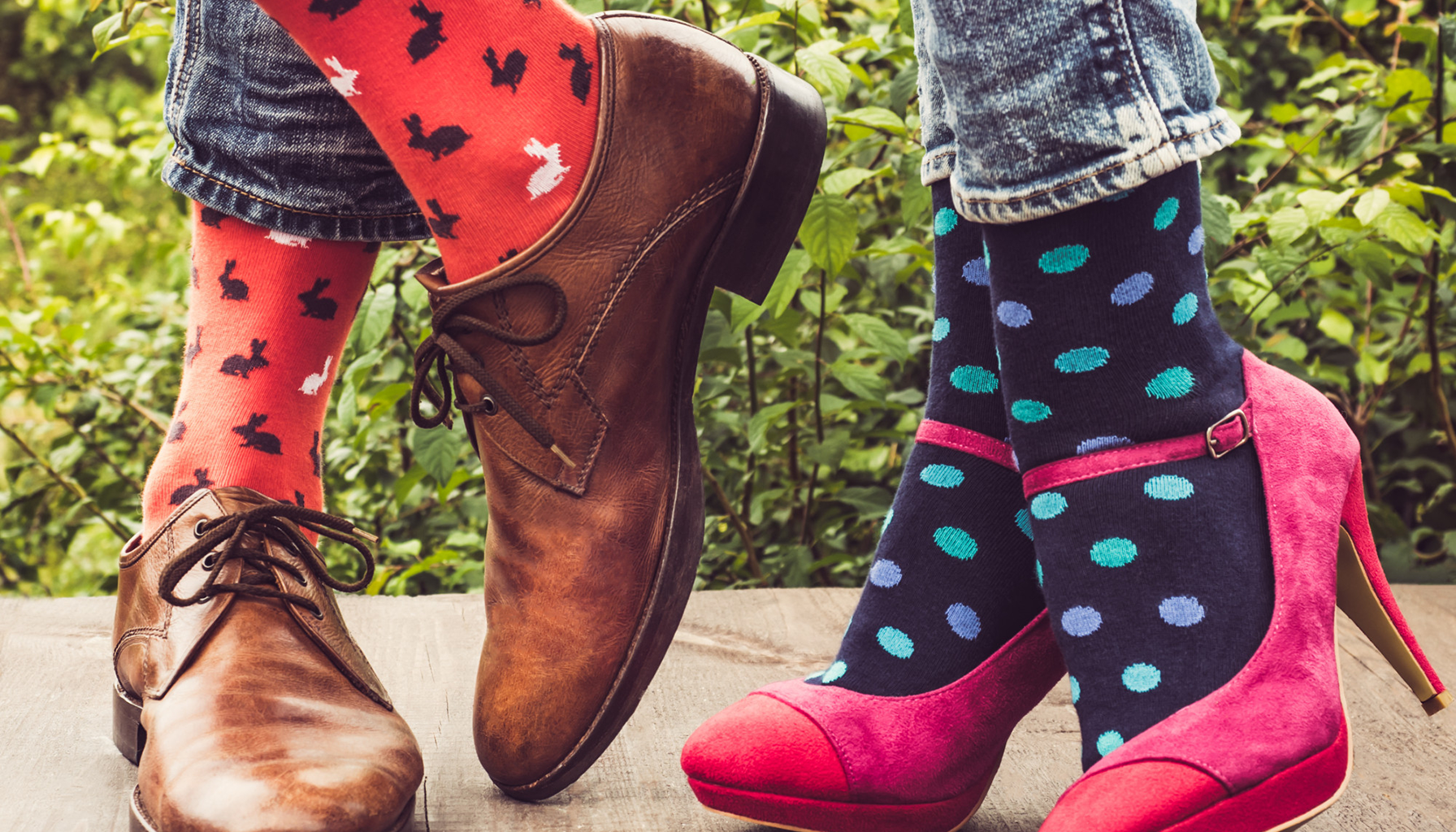A comprehensive guide to developments and opportunities in France's thriving footwear sector.
The French footwear market is a constantly evolving sector, with rapidly changing trends and key players seeking to adapt to market changes. In this study, we explore the different facets of the French footwear industry, from demand and supply to regulation and the latest innovations. First, let’s look at the demand for shoes in France. According to a recent survey by the Fédération Française de la Chaussure, 84% of French people express their desire to buy shoes made in France, thus supporting French design and entrepreneurship. This is a very positive trend for French brands and chains, which are also recording excellent results internationally. Indeed, footwear exports have reached sales of 4 billion euros in 2021, representing an increase of 15% on 2020 and 1% on 2019. After facing difficulties linked to the health crisis, the French footwear industry is experiencing a dynamic recovery, confirming the trend observed in recent years with 40% growth between 2015 and 2019. When it comes to the footwear preferences of French consumers, sneakers are increasingly popular. According to our demand analysis, 64% of French people are used to wearing sneakers. This trend is partly due to the rise of streetwear culture and the influence of social networks, which have helped to popularize sneakers among a wider audience. The most popular sneaker brands in France are Nike, Adidas and Puma, all of which have experienced significant growth in recent years. When it comes to shoes in France, there is a wide variety of brands and models available on the market. The best-known French brands include André, Bocage, Eram, Minelli and Jonak, offering shoes for every taste and budget. International brands such as Clarks, Timberland and Dr. Hauschka. Martens are also very popular in France. However, the French footwear industry faces major challenges, particularly in terms of regulation. The texts applicable to footwear labeling are numerous and complex, which can make compliance difficult for companies. Rules on the use of animal-derived materials are also strict, which can limit design options for footwear manufacturers. Finally, the latest innovations on the French footwear market are focused on durability and technology. More and more brands are seeking to reduce their environmental impact by using recycled materials and adopting more sustainable production practices. Connected footwear is also becoming a major trend, with brands such as Nike and Adidas offering models equipped with sensors to track users’ performance. In conclusion, the French footwear market is dynamic and constantly evolving, with fast-changing trends and major challenges. This PDF has provided you with a comprehensive overview of the French footwear industry, from demand and supply to regulations and the latest innovations. We hope you have found this information useful in understanding this market and in making informed decisions in your field of activity.

